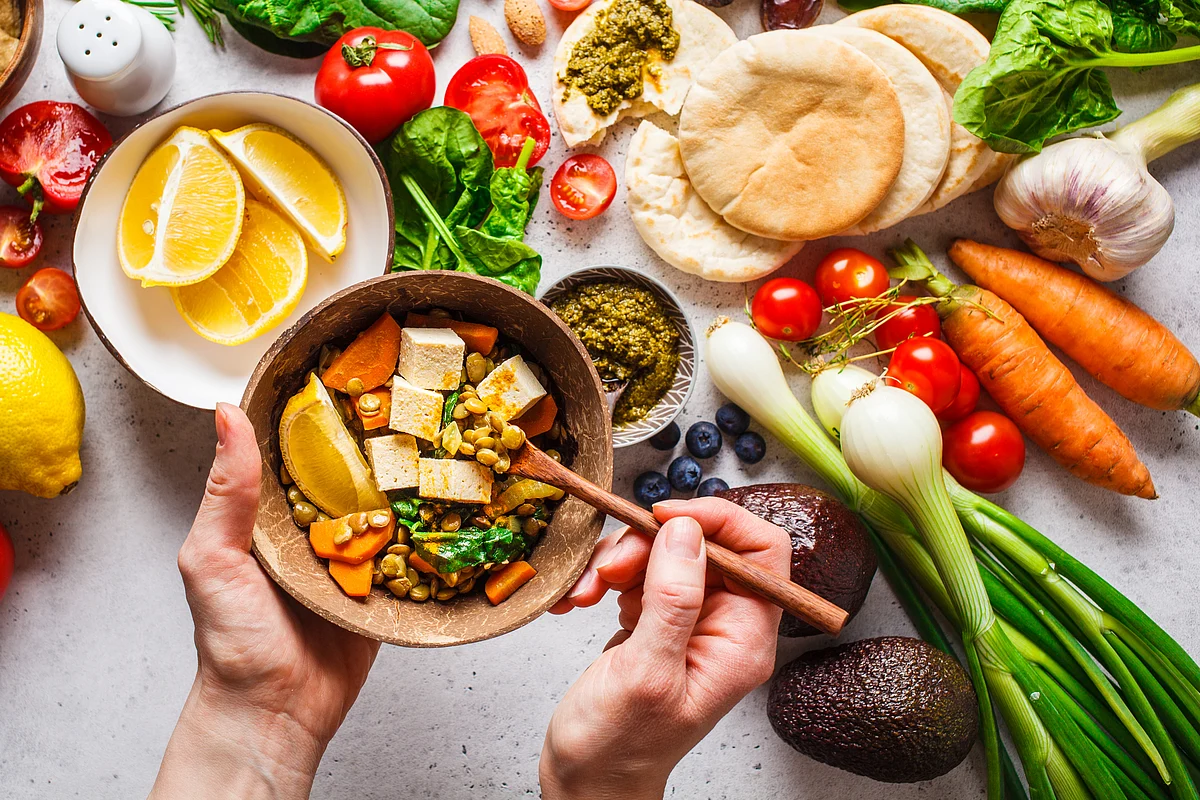Rising global food inflation is widening the gap between healthy and unhealthy diets, making nutritious food inaccessible for billions, especially in low- and middle-income countries, according to the State of Food Security and Nutrition in the World (SOFI) 2025 report released on July 28, 2025 by five United Nations agencies.
The cost of nutrient-rich foods — particularly fruits, vegetables and animal-based products — has soared and remains highly volatile, while ultra-processed foods and starchy staples continue to be more affordable despite offering poor nutritional value. The report underscores that this growing disparity is entrenching unhealthy dietary patterns among the world’s poorest.
An analysis of global price data from 2011, 2017 and 2021 revealed a persistent and stable disparity in the costs of different food groups. Ultra-processed foods were, on average, 47 per cent cheaper than unprocessed or minimally processed foods and 50 per cent cheaper than processed foods by 2021.
On the other hand, “price premiums for nutrient-rich foods, particularly vegetables, fruits and animal source foods, remain substantial and volatile, reinforcing economic barriers to dietary diversity,” the report said.
This price disparity was one of the major drivers of unhealthy dietary patterns, especially among the world’s poorest.

